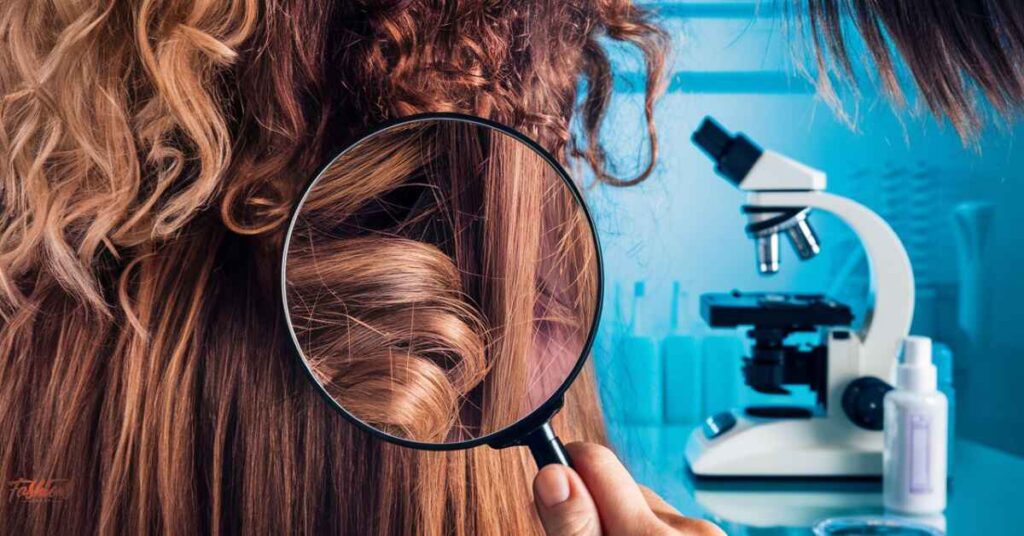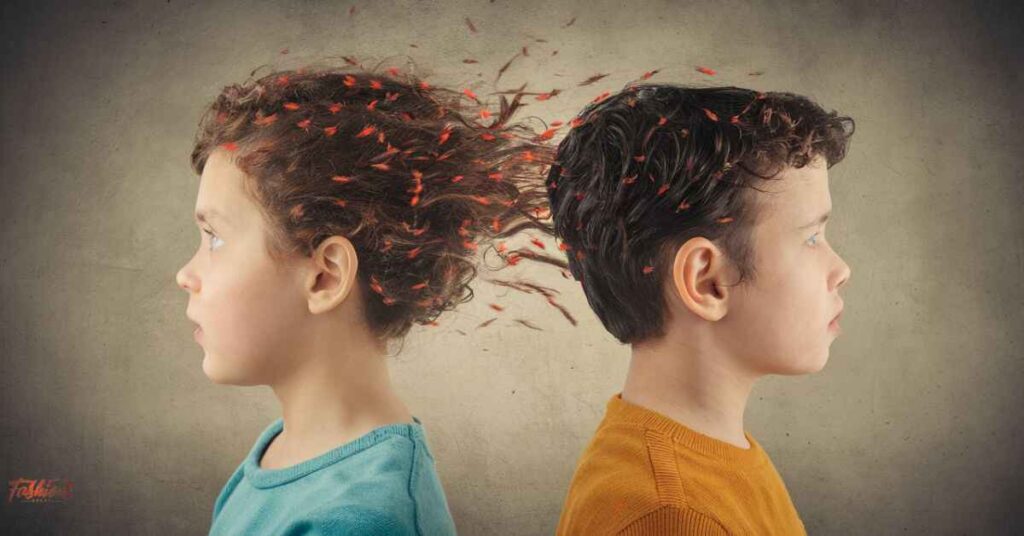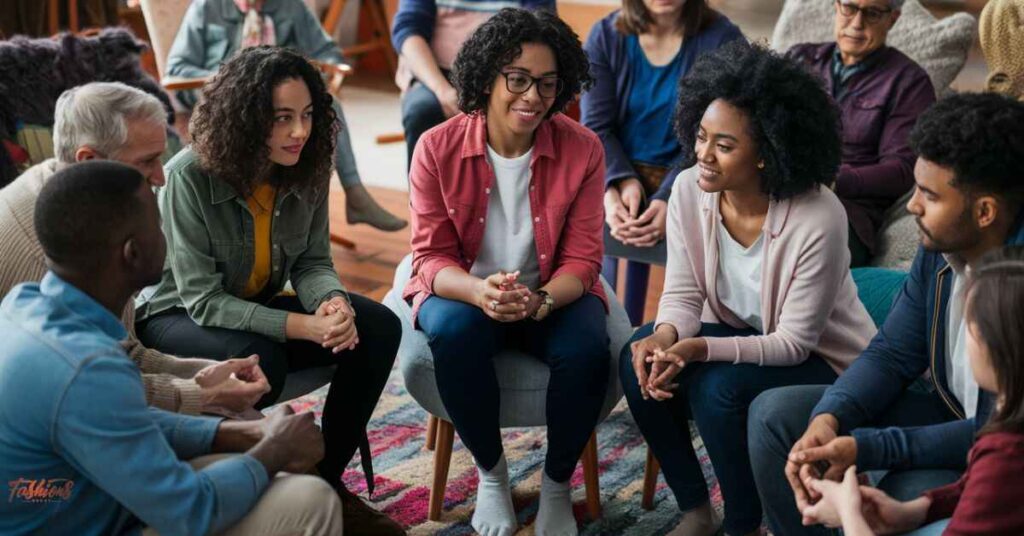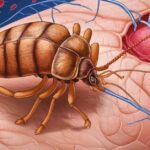Despite common misconceptions, the question of whether black people can get lice is one that requires factual clarification. The myth that black people are immune to lice has circulated for years, leading to a significant lack of awareness and understanding. However, the truth reveals that it do not discriminate by hair type or skin color.
Addressing this topic is not only necessary for dispelling myths but also for promoting proper prevention and treatment methods across all demographics. This article will explore various aspects of head lice, including an understanding of what they are. It will also address the truth behind the question “can black people get lice?” and the particular challenges involved in detecting it in natural hair.
Additionally, it will provide prevention tips and outline effective treatment options to help manage infestations. By shedding light on these key areas, the article aims to provide comprehensive knowledge and debunk long-standing myths regarding black lice.
Understanding Head Lice
Head lice are tiny, wingless insects that thrive on the human scalp, feeding on blood. They are particularly common among children, often spreading through direct head-to-head contact These pests are not indicative of poor hygiene or an unclean environment
The life cycle of head lice includes three stages: egg (nit), nymph, and adult. Nits are laid close to the scalp and hatch into nymphs, which mature into adults capable of reproduction. Adults are about the size of a sesame seed and can live on the head for up to a month.
To manage lice, it’s essential to use treatments like medicated shampoos containing pyrethrins or prescription medications. Environmental cleaning should focus on washing items in hot water and thorough vacuuming, rather than using insecticide sprays.
Regular checks for lice are recommended, especially in communal settings like schools, to prevent widespread outbreaks. Treatment should only be applied if live lice or nits are found, as treating without evidence of infestation is not advisable.
Can Black People Get Lice?
Head lice have difficulty gripping onto coily hair, making Black individuals with this hair type less susceptible to infestations. Research published in the British Journal of Family Medicine in 2018 highlighted that these are less common among African Americans compared to other groups, largely due to the unique shape of their hair shafts, which are oval and coily, unlike the circular shafts that lice find easier to latch onto.
Despite these factors, it is crucial to understand that Black people can still get head lice. The Centers for Disease Control (CDC) reports that while head lice infestations are less frequent among African Americans, they do occur, and everyone, regardless of hair type or race, should be vigilant about checking. The use of hair products such as oils and sheens, which are prevalent in grooming practices among African Americans, can make it harder maintain a grip on hair strands. Additionally, these products contribute to the difficulty lice face in infesting the hair.
In summary, while the incidence of head lice in Black individuals may be lower due to natural hair characteristics and grooming habits, it is not impossible for them to experience these infestations. Regular checks and appropriate treatment are recommended for everyone, irrespective of their hair type or race.
Challenges of Detecting Lice in Natural Hair
Hair Texture and Lice Detection

Detecting head lice in natural hair can be complex due to the unique texture of Afro hair. The tightly coiled structure and oval cross-section make it difficult for it to grip and move along the hair shaft. This complexity is compounded when hair is styled in protective styles like locs, braids, or weaves, where using fine-tooth combs for detection can cause breakage and is less effective. In such cases, the use of wide-tooth combs is more common. However, they are less effective at catching the smaller nits or adult lice.
Common Myths and Facts
Many believe that the use of oils and products like peppermint oil in Afro hair creates an environment unsuitable for lice, as these can hinder the lice’s ability to adhere to the hair shaft. However, it’s crucial to recognize that while these practices may reduce the likelihood of infestation, they do not guarantee immunity against head lice.
Furthermore, the myth that Black people cannot get lice is dispelled by the fact that head lice can infest anyone, regardless of hair type or texture. This is especially true if the hair is less coiled or straight. Therefore, regular checks and appropriate treatments are essential for everyone, emphasizing the need for increased awareness and education on this topic.
Prevention Tips
To minimize the risk of head lice, individuals should avoid direct head-to-head contact, especially during activities such as playing, attending slumber parties, or participating in sports. Additionally, it is crucial not to share personal items that come into contact with the head, such as hats, combs, and hair accessories.
Avoiding Head-to-Head Contact

Teaching children to maintain a distance during play and other activities can significantly reduce the transmission of lice. This includes avoiding close contact in school settings and during sports or other group activities.
Sanitizing Personal Items
Disinfecting items used on the head is essential for lice prevention. Combs and brushes should be soaked in hot water (at least 130°F) for 5 to 10 minutes to kill any lice or nits. Additionally, items like hats and scarves should not be shared and need to be cleaned regularly using high heat, which effectively kills lice.
Regularly vacuuming spaces where a person with lice has been and washing items like bed linens at a high temperature can further prevent the spread of lice. Avoid using insecticide sprays, as they are not necessary and can be harmful.
Effective Treatment Options
Over-the-Counter Treatments
For individuals dealing with head lice, over-the-counter treatments are readily available. Products like Nix Cream Rinse® and Rid® are applied to the hair and rinsed off after a specific duration.
Nix Cream Rinse® is left on shampooed and towel-dried hair for 10 minutes and is known for its ability to kill lice, although not the nits, necessitating a second treatment on day 9.
Rid® and similar pyrethrin-based products are applied to dry hair and rinsed off after 10 minutes, with a follow-up treatment needed to effectively manage any newly hatched lice.
These treatments are generally safe but should be used with caution, especially around young children and those allergic to certain ingredients like chrysanthemums or ragweed.
Professional Removal Services
Professional lice removal services offer a more reliable solution with a high success rate. Lice Doctors, for instance, provides in-home treatments where a technician applies oil and uses a professional-grade comb to meticulously remove lice and nits from the hair.
This service ensures that all live bugs and visible nits are removed, significantly reducing the discomfort associated with the treatment process. Another service, Lice Lifters, uses all-natural, non-pesticide treatments that are safe for the entire family, ensuring effective removal of lice in one session.
These professional services are particularly recommended for cases where over-the-counter treatments have failed or when dealing with sensitive cases such as young children or individuals with allergies.
Conclusion
Can Black People Get Lice? Through the course of this article, we’ve tackled the persistent myth that black individuals are somehow immune to lice, emphasizing that lice infestations can occur in any individual, regardless of hair type or skin color. It’s been revealed that while specific hair textures and styling practices among African Americans might make lice infestations less common, they do not offer full immunity against these pesky intruders.
This discussion highlights the importance of regular checks and the proper treatment protocols necessary to manage and prevent lice. It underscores that awareness and preparedness are key in combating the spread of head lice across all demographics. Given the complexities surrounding the detection and treatment of head lice in natural hair, the article navigates through common myths. It offers practical prevention tips and outlines effective treatment options available both over the counter and through professional services.
These insights serve not only to educate but also to foster a more inclusive understanding of lice prevention and treatment strategies. As we conclude, it’s clear that the fight against head lice requires vigilance, knowledge, and the dispelling of long-standing myths to ensure the well-being of individuals, irrespective of their hair type or ethnicity.
Frequently asked questions
Are certain races less prone to head lice infestations?
In the United States, African Americans are less likely to have head lice compared to other races. This is thought to be due to the claws of the most common type of head louse in the U.S., which may not grasp the shape and width of African American hair as effectively.
Is there a demographic that is less susceptible to head lice?
Black children are generally less susceptible to head lice. The natural shape, texture, and width of their hair are believed to make it more challenging for lice to attach, leading to reduced susceptibility. Nevertheless, it’s crucial for individuals of all backgrounds to practice lice prevention.
What historical evidence exists of lice in ancient populations?
Lice have been a part of human history for thousands of years. Researchers discovered the oldest known lice specimens, which are around 10,000 years old, in Brazil. Furthermore, research from 2008 indicates that a prevalent clade of lice existed in pre-Columbian America. This shows that lice have long been widespread across continents.







